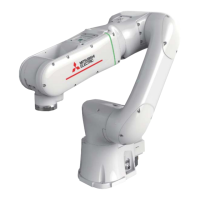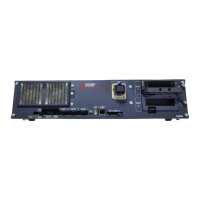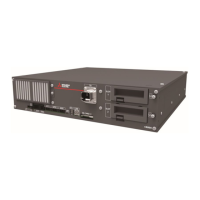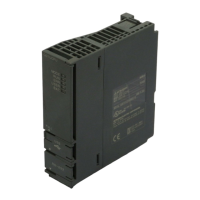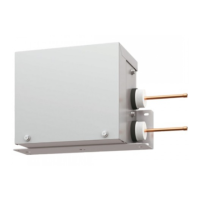5Functions set with parameters
About the collision detection function 5-519
*Program example
This program moves the robot to a retreat position by interrupt processing if an interference is detected.
1 Def Act 1,M_ColSts(1)=1 GoTo *HOME,S ' Define processing to be executed if an interference is detected
by interruption.
2 Act 1=1
3 ColLvl 80,120,120,100,80,80,, ' Set the detection level.
4 ColChk ON,NOErr ' Enable the collision detection function in the NOERR mode.
5 Mov P1
6 Mov P2 ' Jump to the interrupt processing if an interference is detected
while executing step 5 to 8.
7 Mov P3
8 Mov P4
9 ColChk OFF ' Disable the collision detection function.
10 Act 1=0
:
1000 *HOME ' Interrupt processing when an interference is detected
1001 ColChk OFF 'Disable the collision detection function.
1002 Servo On ' Turn the servo on.
1003 PESC=P_ColDir(1)*(-5) ' Calculate the retreat amount (reverse operation of approxi-
mately 5 mm).
1004 PDst=P_Fbc(1)+PESC ' Create a retreat position.
1005 Mvs PDst ' Move to the retreat position.
1006 Error 9100 ' Pause the operation by generating user-defined L-level error.
:
3) Supplement
*Collision detection function predicts an imminent collision by estimating the amounts of torque required at
respective articulated arm axes on the basis of an prevailing position command, load settings, etc. and
comparing the values thus obtained with the torques which are actually developing.
This function, even if a real collision does not happen, will identify a collision when the robot arm receives
an external force during normal operation. For example, the robot hand may experience a drag from inter-
ference with a piping or cabling. Depending on the amount of resultant external force, the collision detec-
tion function judges that a collision has occurred. Check to see if the robot is not subjected to any force
other than those originating from a collision while the collision detection function is enabled.
*Distinction between jog operation and program operation
The robot operation speed and tasks are quite different at jog operation and program operation. The set-
tings for these operations are thus made independently in order to optimize the collision detection function
for each type of operation. Here, the terms "at jog operation" and "at program operation" refer to the follow-
ing.
At jog operation: During jog operation or during pause of automatic operation
At program operation: During automatic operation, during step feed/
return operation or during position data check operation
When these operations are executed, the status switches as shown in Fig. 5-11.
Fig.5-11:State transition diagram illustrating switch between program operation and jog operation
Impact detection function
at jog operation
Impact detection function
at program operation
Power on
End of operation
Stop input
H/L level errors occur
During jog operation
During pause of automatic operation
Operation start
Step feed/return
Position data check
During automatic operation
During step feed/return operation
During position data check operation

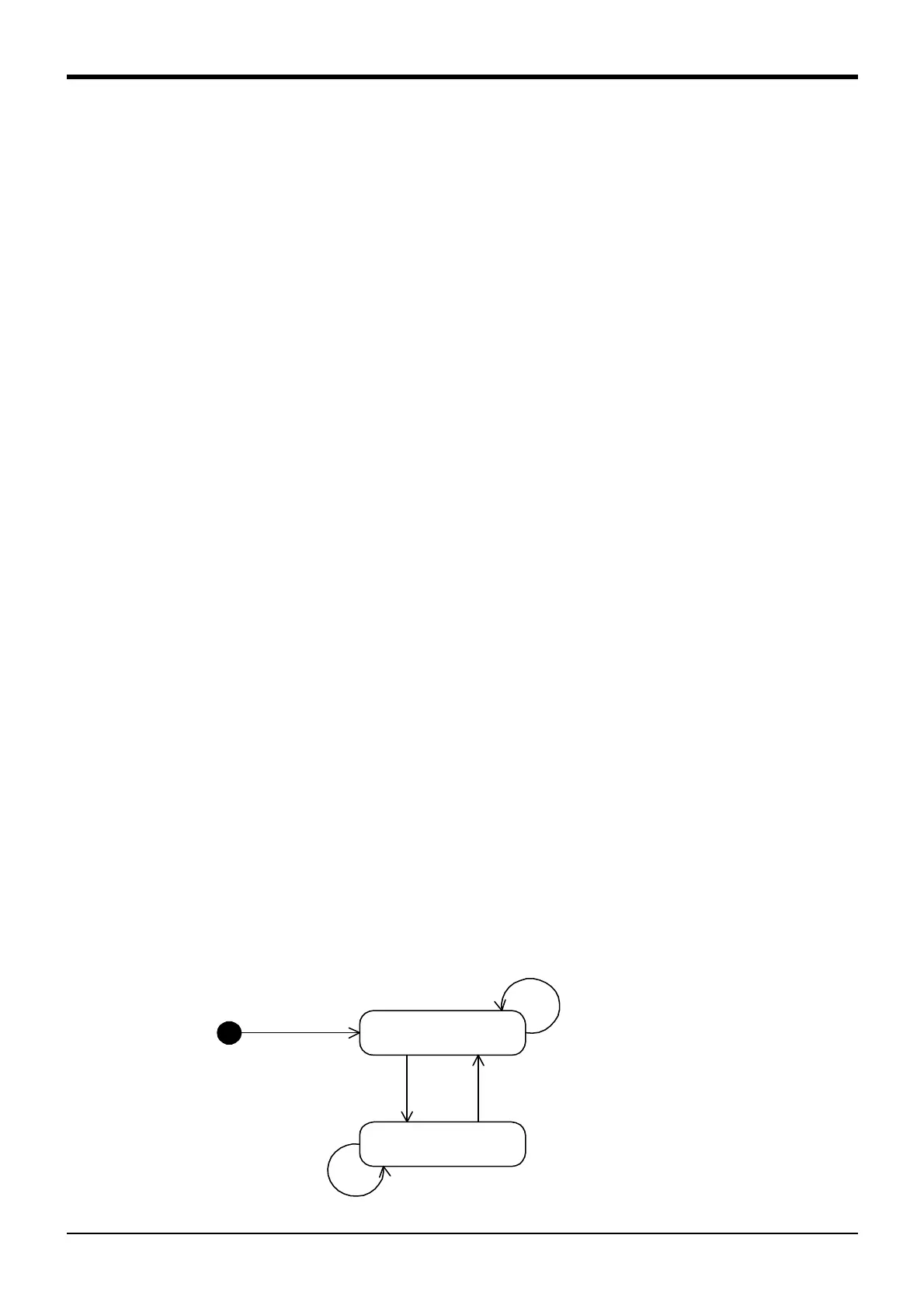